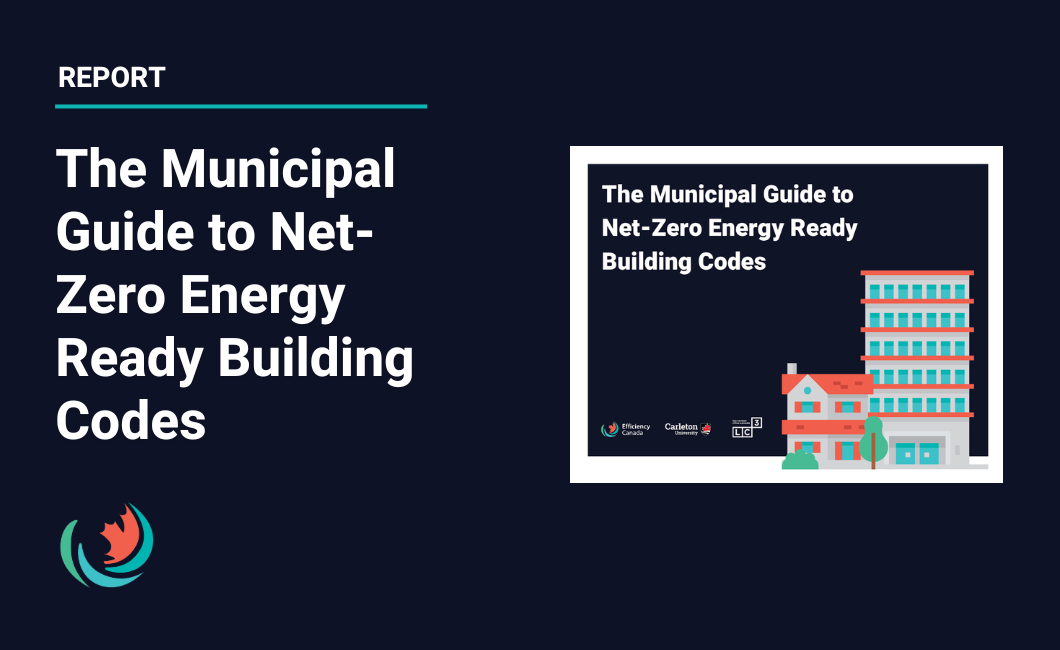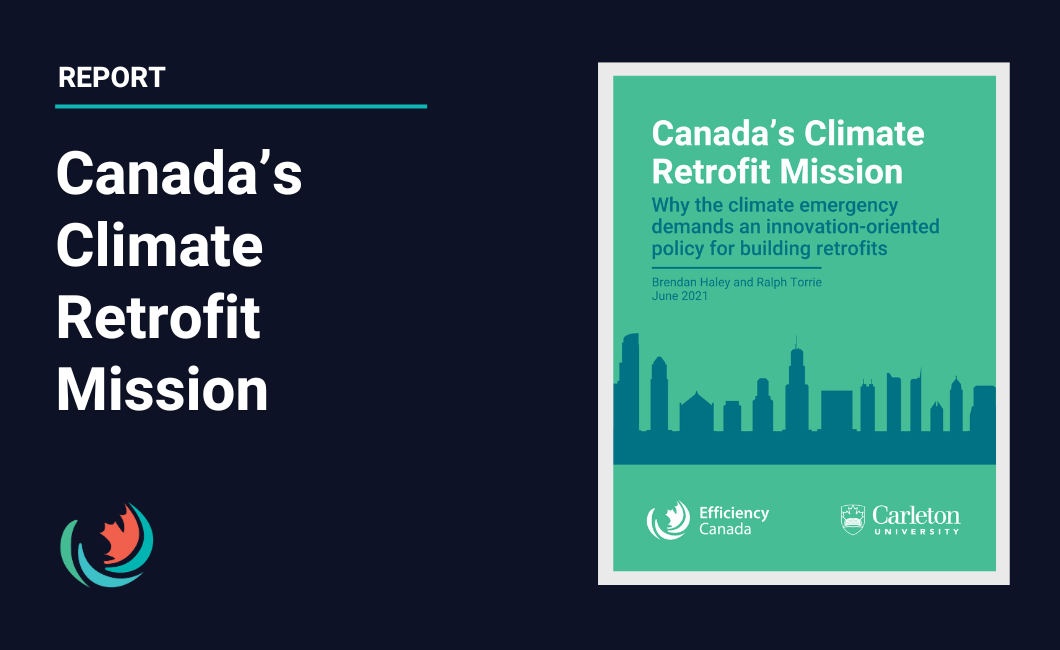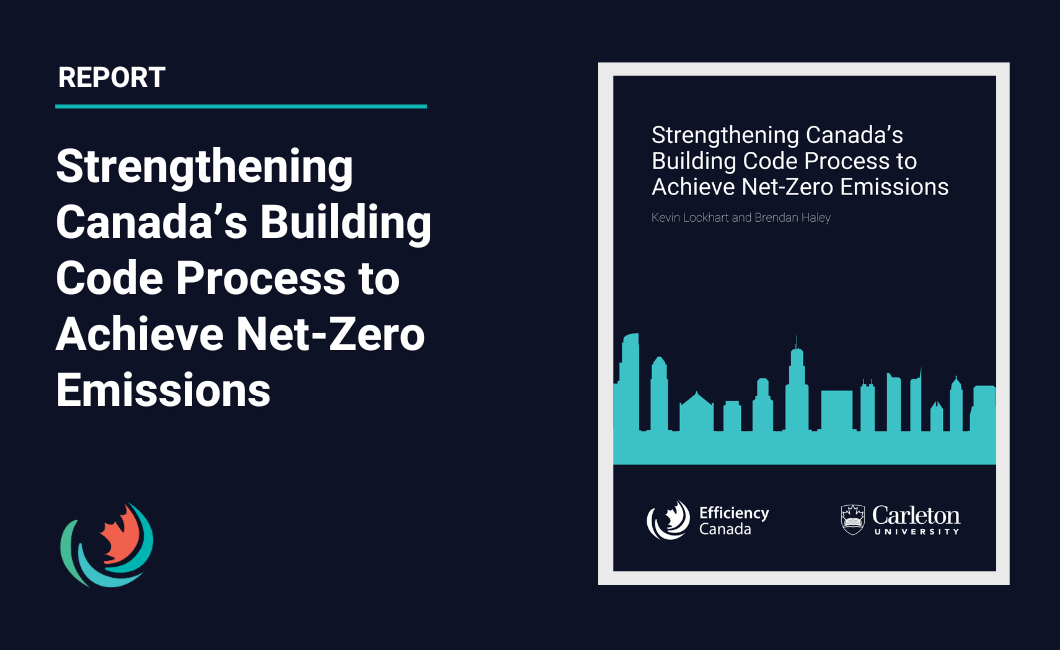
This report contains everything you need to understand tiered codes, the advantages of adopting an ambitious tier, and how municipalities can use the new codes to achieve net-zero emissions by 2050. Authored by Kevin Lockhart.

Retrofitting our buildings at the scale and performance required to confront climate change calls for market re-shaping innovations. This report defines a climate retrofit mission for Canada and proposes a way to organize the public sector to achieve it. Authored by Brendan Haley and Ralph Torrie.

This report examines how the development of the 2020 model national energy codes navigated this tension between a minimum standard building energy code and an implicit goal within the PCF to promote market transformation towards highly efficient and low-carbon buildings. Authored by Kevin Lockhart and Brendan Haley.

Building codes are established by law in the provinces or territories in which the building will be constructed. Compliance with code falls in the purview of the city or municipality, known as the Authority Having Jurisdiction (AHJ). The AHJs must enforce
the safety, accessibility, and other objectives of code for new buildings, which requires knowledgeable resources in multiple technical disciplines. Adding in energy codes has presented some challenges for AHJs, let alone adding in potentially multiple tiers of energy compliance. Authored by Andrew Pride.





